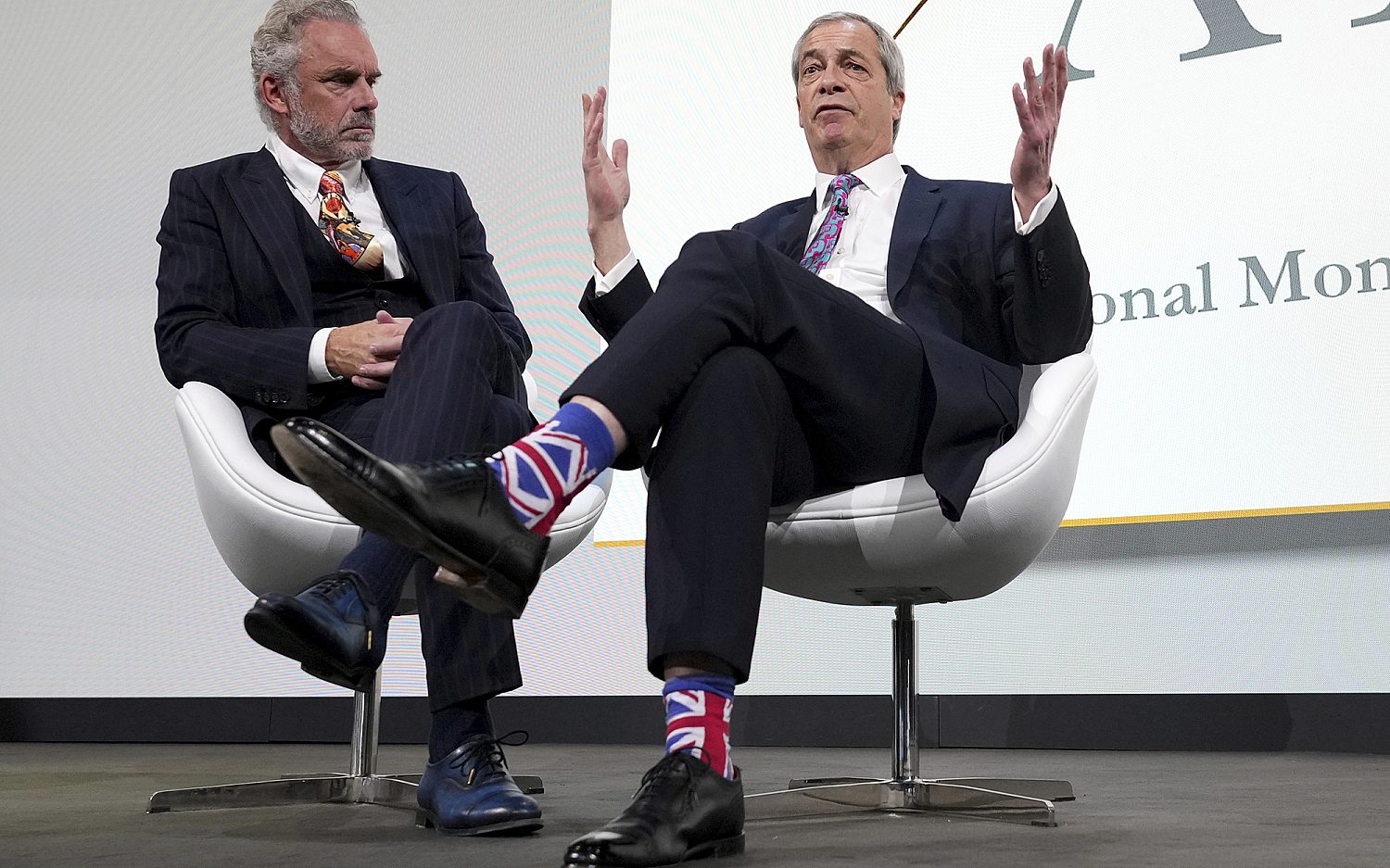Is Santa going the way of the sugar plum?
The majority of American children may not go to bed on Dec. 24 with visions of sugar plums dancing in their heads, but 90 percent of Americans will celebrate Christmas in some fashion.
For two- thirds of adults in the United States, the holiday is a religious observance, while the other one-third view it as a cultural celebration, according to a Pew Research Center study that surveyed the Christmas traditions and beliefs of 2,000 U.S. adults.
In colonial times, some Americans observed Christmas in ways that carried over from the Old World, but for the most part, America’s Christmas traditions were born in the mid 1800s. More than 150 years later, some Christmas traditions remain while others are changing.
The vast majority of adults, nearly 9 in 10, celebrate Christmas by buying presents and getting together with family or friends, a tradition they have enjoyed since childhood. In fact, spending time with loved ones is the No. 1 thing adults say they enjoy about the holiday.
Other traditions seem to be fading. Church attendance on Christmas has fallen in the past few years. While about 7 in 10 Americans attended Christmas Eve or Christmas Day services as children, only a little over half still do today.
While green christmas tree branches delighted 90 percent of adults when they were children, only 79 percent put up a tree today. Another Pew Research survey found that 32 percent of Jewish Americans say they put up a Christmas tree.
Much to Hallmark’s chagrin, only 65 percent of people send out Christmas cards, compared to more than 80 percent of the previous generation.
Of the adults surveyed, Santa visited 7 in 10 of them when they were children; today he visits less than one-third of American children. Only one-fifth of families with minor children said their children believe in Santa Claus.
In the previous generation, 36 percent of adults went out singing for some “figgy pudding,” but today only 16 percent go caroling.
Family and friends seem to trump religious activities for most people. The most cherished of Christmas traditions is spending time with family. But only 10 percent of those surveyed look forward to the opportunity for religious reflection and church activities.
The least appreciated aspects of Christmas are the commercialism, extra expenses, shopping, and crowded stores.
For the bah-humbug crowd, less than 5 percent of people look forward to the Christmas spirit, music, decorations, entertainment, or gift exchanges. Only 1 percent look forward to snow or shopping and 1 in 20 say there is nothing they look forward to except the end of the season.
But a jolly 20 percent say the only thing they dislike about the holidays is that they are over too fast.
An actual newsletter worth subscribing to instead of just a collection of links. —Adam
Sign up to receive The Sift email newsletter each weekday morning for the latest headlines from WORLD’s breaking news team.





Please wait while we load the latest comments...
Comments
Please register, subscribe, or log in to comment on this article.